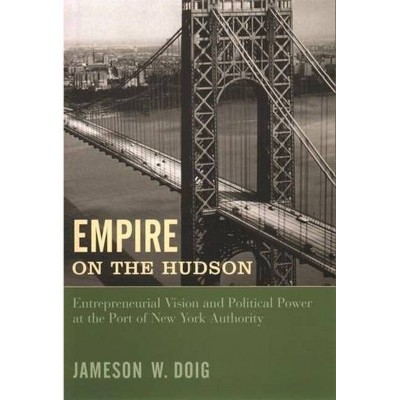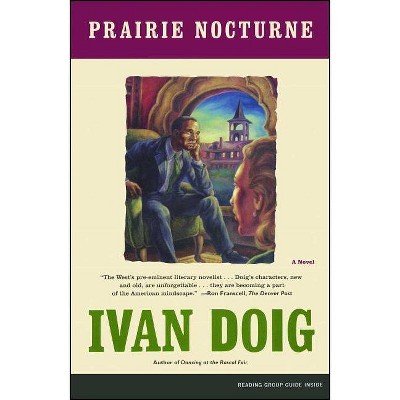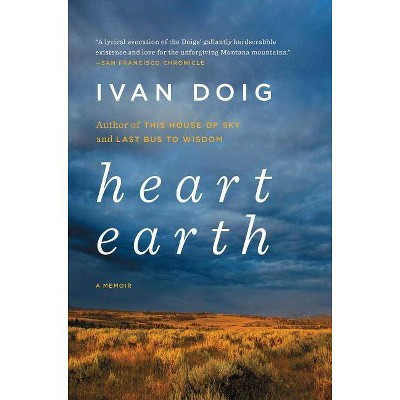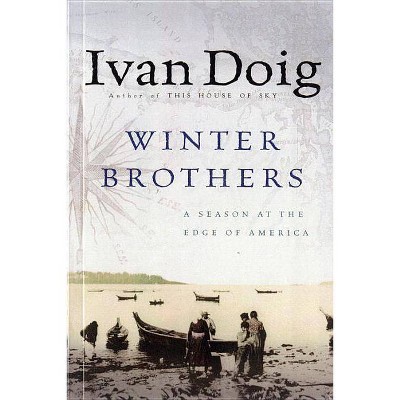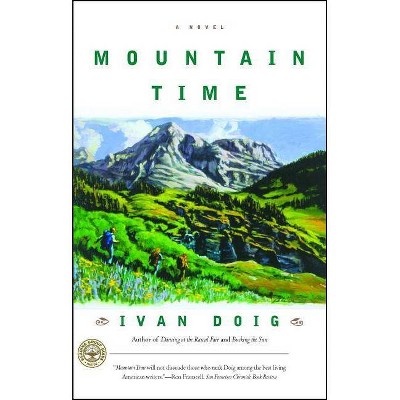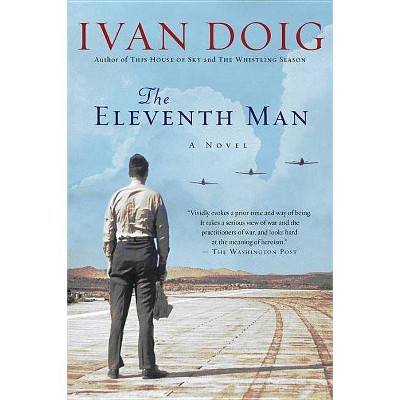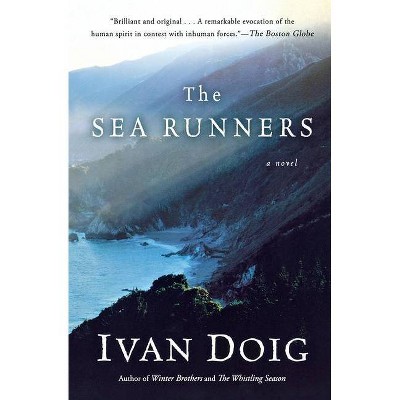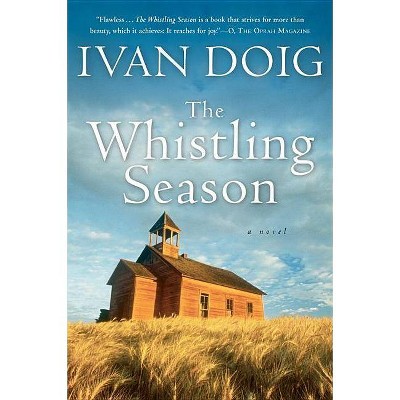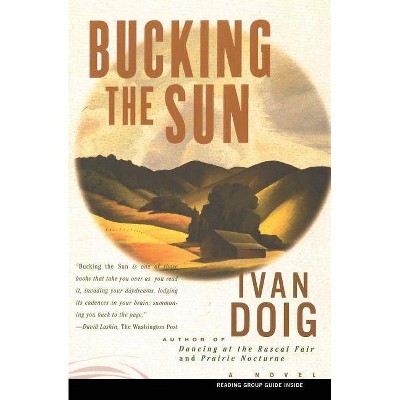High-Speed Empire - by Will Doig (Paperback)

Similar Products
Products of same category from the store
AllProduct info
<p/><br></br><p><b> About the Book </b></p></br></br>"A decade ago, China did not have a single high-speed train in service. Today, it owns a network of over 14,000 miles of high-speed rail, far more than the rest of the world combined. Now China is pushing its tracks into Southeast Asia, reviving a century-old colonial fantasy of an imperial railroad stretching to Singapore and kicking off a key piece of the One Belt One Road initiative, which has a price tag of $1 trillion and reaches inside the borders of more than 60 countries. The Pan-Asia Railway portion of One Belt One Road could transform Southeast Asia, bringing new cities, economies, and migrants to places where none existed before. But if it doesn't succeed, that would be a cautionary tale about whether a new superpower, with levels of global authority unimaginable just a decade ago, can pull entire regions into its orbit simply with tracks, sweat, and lots of money. Journalist Will Doig traveled to Laos, Thailand, Malaysia, and Singapore to chronicle the dramatic transformations taking place--and the ordinary people caught up in this moment of economic, political, and cultural collision."--<p/><br></br><p><b> Book Synopsis </b></p></br></br><b>The story of the world's most audacious infrastructure project.</b> <p/> Less than a decade ago, China did not have a single high-speed train in service. Today, it owns a network of 14,000 miles of high-speed rail, far more than the rest of the world combined. Now, China is pushing its tracks into Southeast Asia, reviving a century-old colonial fantasy of an imperial railroad stretching to Singapore; and kicking off a key piece of the One Belt One Road initiative, which has a price tag of $1 trillion and, reaches inside the borders of more than 60 countries. <p/>The Pan-Asia Railway portion of One Belt One Road could transform Southeast Asia, bringing shiny Chinese cities, entire economies, and waves of migrants where none existed before. But if it doesn't succeed, that would be a cautionary tale about whether a new superpower, with levels of global authority unimaginable just a decade ago, can pull entire regions into its orbit simply with tracks, sweat, and lots of money. Journalist Will Doig traveled to Laos, Thailand, Malaysia, and Singapore to chronicle the dramatic transformations taking place--and to find out whether ordinary people have a voice in this moment of economic, political, and cultural collision.<p/><br></br><p><b> Review Quotes </b></p></br></br><br><b>A <i>Porchlight</i> Editor's Choice, May 2018</b> <p/>A US-based journalist, Doig travels through Laos, Malaysia and Thailand, spinning an engaging narrative that focuses mostly on China's 'railway diplomacy'. <b>--James Crabtree, <i> Financial Times</i></b> <p/>As Will Doig shows in <i>High-Speed Empire</i>, a short but well-told piece of reportage, projects like ports, roads, and high-speed rail could help Beijing dominate its neighborhood--and then, possibly, other parts of the world.... A clear-eyed and detailed look at how Beijing's new infrastructure push is emerging on the ground in South and Southeast Asia. <b>--Joshua Kurlantzick, <i>Washington Monthly</i></b> <p/>Doig writes vividly out of his reporting trips to places like Boten, the Chinese-built 'mini-Macau' on the Laos side of their border; Bandar Malaysia, a controversial terminus development outside Kuala Lumpur; and Forest City, islands built for Chinese expats just off Singapore. <i>High-Speed Empire</i> is a short, fast read, but offers much food for thought. <b>--John Delury, <i>Global Asia</i></b> <p/>The 'high-speed' in the title is a double-entendre reference to China's regional rail ambitions, but also the speed at which all this change is now coming.... Doig is an engaging writer with a keen eye for the human interest angle and the clever turn of phrase. <b>--<i>Asian Review of Books</i></b> <p/>Appropriately fast-paced, <i>High-Speed Empire</i> effectively conveys one big idea: we need more on-the-ground investigations like this of the working of China's ambitious 'Belt and Road Initiative' (BRI). This mega-plan, of which the micro-plans Doig discusses are part, seeks to use not just railways but also shipping lanes, highways and flight routes to connect China to both neighboring and far-flung locales of strategic value. <b>--Jeffrey Wasserstrom, <i>Times Literary Supplement</i></b> <p/><i>High-Speed Empire</i> is a short book which reads like an extended travelogue. Doig, who previously wrote about urbanization for American news sites, including Salon and the Daily Beast, writes earnestly as a relatively new traveler to Asia. It's hard to write a definitive book on such a work in progress as the Pan-Asia Railway, which may or may not ever be completed. Yet Doig provides a useful introduction to the China-funded construction in Southeast Asia--a 'before' snapshot, the meaning of which we'll know more fully once we've seen the 'after.' That is an important contribution indeed. <b>--<i>Los Angeles Review of Books</b></i> <p/>Money talks, and China has it. This vividly observed report shows how Chinese money--both governmental and private--is transforming Southeast Asia. <b>--Andrew J. Nathan, Class of 1919 Professor of Political Science, Columbia University</b> <p/>A richly textured portrait of how China's infrastructural diplomacy is changing the urban face of its neighbors. It's not easy to find poetry and importance in industrial zones, half-empty malls, and real estate showrooms, but Doig has done just that in sketching the ambitions of China and its people. <b>--Greg Lindsay, co-author of <i>Aerotropolis: The Way We'll Live Next</i></b> <p/>Illuminating study of China's ambitious efforts to extend its influence in Southeast Asia by means of a high-speed rail system. <b>--<i>Kirkus Review</i></b> <p/>An excellent and concise introduction to China's rail diplomacy. <b>--<i>Library Journal</i></b><br>
Price History
Price Archive shows prices from various stores, lets you see history and find the cheapest. There is no actual sale on the website. For all support, inquiry and suggestion messages communication@pricearchive.us
